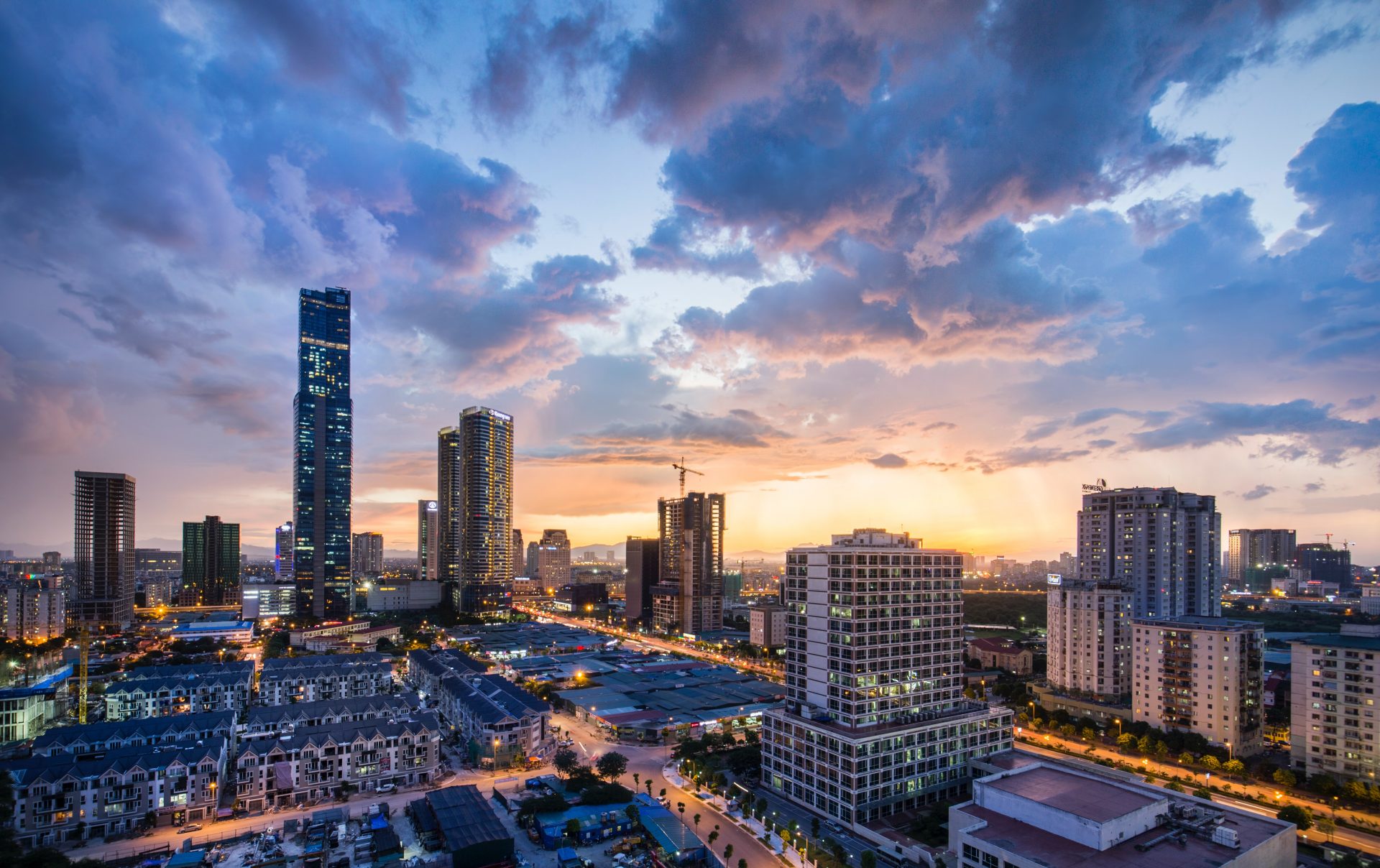Vietnam’s Flourishing Development
In 2022, the IMF revised its projection for Vietnam’s economic growth from 5.3% to 7.2%, the highest for any nation in East and Southeast Asia. This impressive growth is a result of Vietnam’s transformation from a centrally planned economy to one that embraces market forces, starting in 1986 with the doi moi reforms. These changes encouraged private businesses, recognized private land ownership and ended collective farming.
Back in the 1980s, Vietnam was one of the poorest countries in the region, with over 70% of its population living in poverty. By 2020, this had dropped to just 5%, and more than 10 million people were lifted out of poverty during the 2010s. Vietnam’s GDP per person also increased significantly, from less than $300 in the 1980s to $2,800 in 2020.
Vietnam’s rapid economic development, coupled with its relatively low labor costs, has made it an attractive destination for investment. It’s now a crucial part of the global supply chain for textiles, footwear and electronics manufacturing. Over the past 40 years, Vietnam’s foreign direct investment has skyrocketed from US$40,000 in 1986 to about US$15.8 billion in 2018. Its exports also went up by 19% from 2020 to 2021.
What further action is needed to enhance the quality of life in Vietnam and across ASEAN forms the crux of one of the sessions at the upcoming Horasis Asia Meeting, which is scheduled to take place in Binh Duong, Vietnam between 3-4 December 2023. The event will gather 300 CEOs and entrepreneurs, along with prominent government representatives from Southeast Asia and beyond. The primary focus of this meeting is to delve into key trends that will influence Vietnam’s economy, steering it towards an exciting new chapter of global growth.
Urbanization and Innovation
Rapid urbanization in Vietnam has played a significant role in driving innovation and economic growth in the country. As more people move from rural areas to cities, they bring with them a diverse range of skills, ideas and experiences. Urban centers like Ho Chi Minh City and Hanoi have become hubs for education, research, foreign investments and economic growth.
Hanoi, Vietnam’s capital and second-largest city with 8 million people, is not only the political center but also a major economic powerhouse. It contributes almost 20% to the national GDP and is the second most attractive city for foreign investments in Vietnam. The city’s rapid growth and large consumer market offer great opportunities for foreign companies in urban infrastructure and lifestyle services. Hanoi is a hub for education and research, with 80% of universities, research institutes, and national laboratories. It’s also becoming a magnet for global technology firms like Samsung, which opened its largest Southeast Asia R&D center here. Vietnam is building its first National Innovation Center in Hanoi, which will boost investments in innovation and research.
Ho Chi Minh City, on the other hand, is the financial and economic center of Vietnam, contributing nearly a quarter of the country’s GDP. With a population of around 10 million, over 50% are under 35 years old. This youthful demographic, along with rising incomes, has made the city an attractive market for foreign food and retail brands. Ho Chi Minh City is also making a name for itself in innovation and technology. The government’s strong support and a pool of tech talent have attracted startups and investors. The city is on a path of digital transformation and aims to build a knowledge-based economy.
Vietnam’s ASEAN Membership
Vietnam became part of the Association of Southeast Asian Nations (ASEAN) in 1995. This membership helps Vietnam by providing a peaceful and stable environment for economic growth and modernization. By being part of ASEAN, Vietnam can benefit from teamwork, assistance and resources offered by the bloc and its partners. This helps Vietnam focus on essential goals like improving the economy, reducing hunger and poverty, enhancing the skills of its people, increasing work efficiency and boosting the country’s overall competitiveness.
Vietnam’s involvement in ASEAN opens doors to stronger global economic connections. ASEAN serves as a vital market for importing and exporting goods and a source of foreign investments. This collaboration has been instrumental for Vietnam since it started opening up its economy. It helps attract investments, broadens markets for Vietnamese products and services that are sent to ASEAN countries and beyond.
Being a part of ASEAN provides Vietnam with valuable experience in global integration and positions it favorably in larger international organizations like APEC, ASEM, WTO and the United Nations. ASEAN serves as a training ground, helping Vietnam play an active role and participate effectively in these broader global cooperation networks. ASEAN holds a crucial place in Vietnam’s foreign policy. In the future, it should remain the top priority and a fundamental pillar in Vietnam’s foreign relations.
Photo Caption: A sunset in Hanoi




